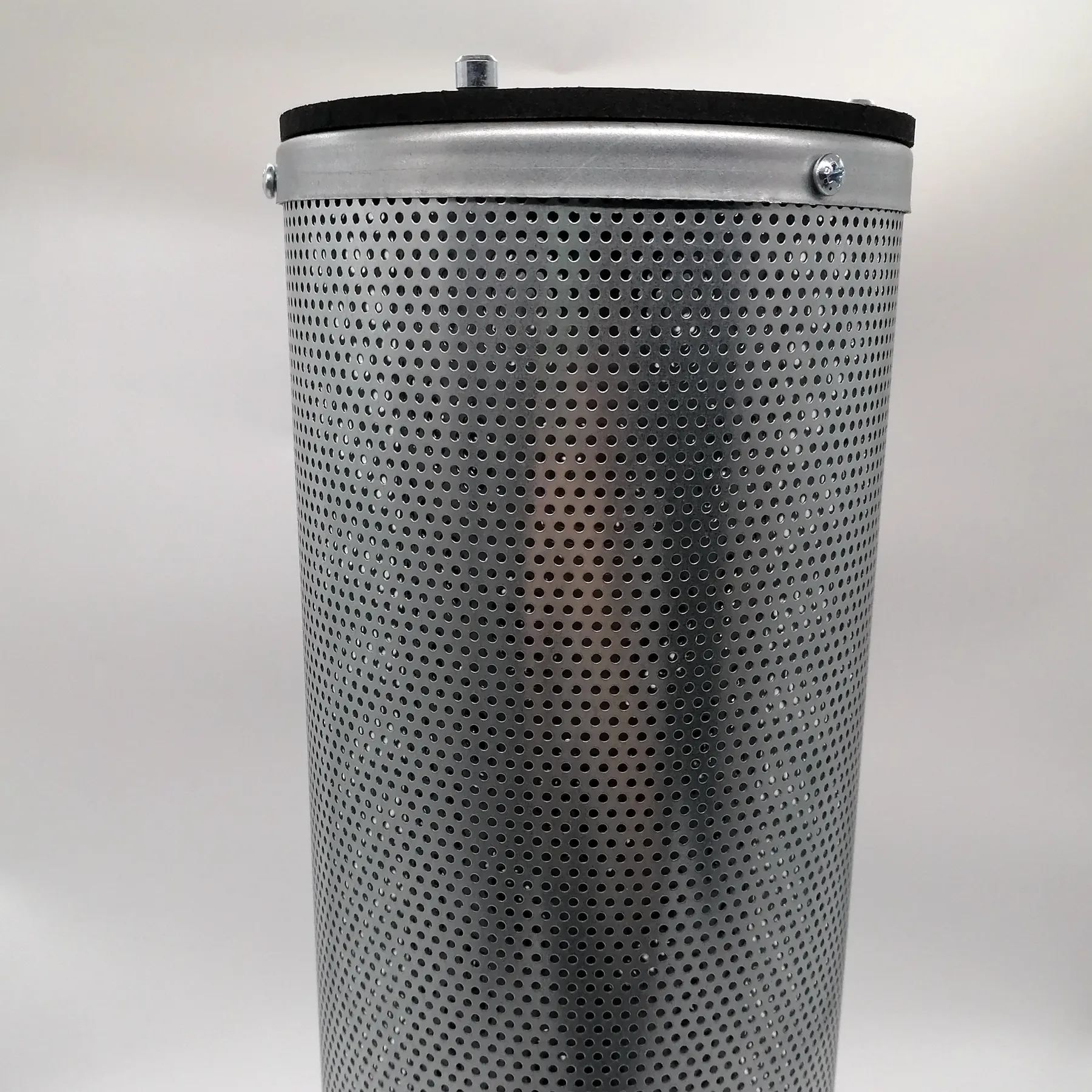 Tel:
+8618931101301
Tel:
+8618931101301
11月 . 21, 2024 05:48 Back to list
dust extractor filter cartridge
Understanding Dust Extractor Filter Cartridges Their Importance, Functionality, and Best Practices
In industrial and commercial environments, dust and particulate matter can pose serious health risks to workers and can also lead to equipment damage. To combat these issues, dust extractor filter cartridges play a crucial role in mitigating airborne particulates and maintaining a clean working environment. In this article, we will delve into the functionality, types, maintenance, and benefits of dust extractor filter cartridges.
The Functionality of Dust Extractor Filter Cartridges
Dust extractor filter cartridges are specialized filters designed to capture and remove dust particles from the air in various settings, including construction sites, manufacturing floors, and woodworking shops. The primary function of these cartridges is to ensure that the air quality within the workspace is safe and compliant with health regulations. Typically, these cartridges are part of a larger dust collection system that includes a dust extractor, which sucks in dust-laden air, filters it through the cartridge, and then expels clean air back into the environment.
The filters work on the principle of mechanical filtration, where particles are trapped by the filter material as air passes through. The effectiveness of a filter cartridge largely depends on its design, material, and filtration efficiency, which is often measured in microns. A higher filtration efficiency means that smaller particles can be captured, reducing the risk of inhalation by workers and contributing to improved health standards.
Types of Dust Extractor Filter Cartridges
There are various types of dust extractor filter cartridges available in the market, each designed for specific applications. The most common types include
1. Cellulose Filters Made from natural fibers, cellulose filters are effective for capturing larger particles but may not perform well with fine dusts.
2. Polyester Filters Polyester is a synthetic material that is resistant to moisture and is suitable for both fine and coarse particulate matter. These filters typically have a longer service life compared to cellulose filters.
3. HEPA Filters High-Efficiency Particulate Air (HEPA) filters can trap at least 99.97% of particles that are 0.3 microns in size. These are ideal for environments requiring high standards of air cleanliness, such as hospitals and laboratories.
dust extractor filter cartridge

4. Activated Carbon Filters Designed to remove odors and volatile organic compounds (VOCs), activated carbon filters can be used in combination with other filter types for comprehensive air purification.
Maintenance and Best Practices
To ensure optimal performance, regular maintenance of dust extractor filter cartridges is essential. Here are some best practices
1. Regular Inspection Periodically check the cartridges for signs of wear and tear, damage, or clogging. This ensures that the filtration efficiency remains high.
2. Cleaning Some cartridges can be cleaned and reused, while others are designed for single use. Follow the manufacturer’s recommendations regarding cleaning methods to maintain their effectiveness.
3. Replacement Establish a routine for replacing filters based on usage and environmental conditions. For instance, in areas with high dust levels, more frequent replacements may be necessary.
4. Proper Installation Ensure that cartridges are installed correctly to prevent air bypass, which can reduce the effectiveness of your dust extraction system.
5. Use the Right Type of Filter Selecting the appropriate filter type for your specific application is critical. Consult with manufacturers or suppliers to find the best fit for your needs.
Conclusion
Dust extractor filter cartridges are indispensable in maintaining safe and clean working environments across various industries. By understanding their functionality, types, maintenance, and best practices, businesses can not only comply with regulatory standards but also foster a healthier workplace. Investing in high-quality dust extraction systems and regularly maintaining them will lead to improved air quality, reduced health risks, and increased efficiency in operations. Adopting these measures not only protects workers but also enhances the longevity and reliability of machinery and equipment.
-
Working principle of high-efficiency dust filter elementNewsJun.26,2025
-
The truth about washable filters: Does repeated use really not affect efficiency?NewsJun.25,2025
-
Effect of humidity on the performance of activated carbon filter elementsNewsJun.24,2025
-
Material selection considerations for dust removal filter elements under high temperature conditionsNewsJun.23,2025
-
Cold knowledge of air filters: Why are some designed to be pleated?NewsJun.16,2025
-
Factory direct supply! High-precision air filter element wholesale and customizationNewsJun.12,2025

 Email:
Email:





